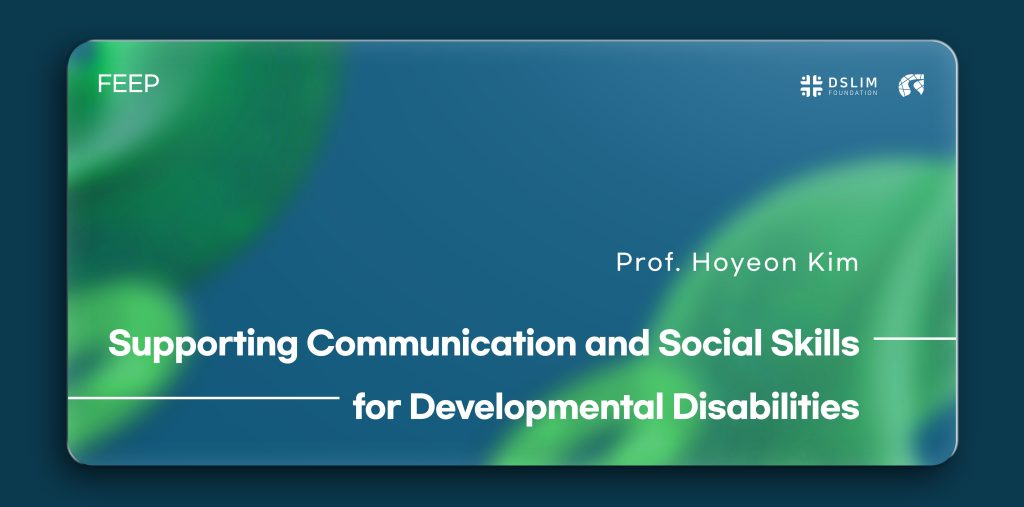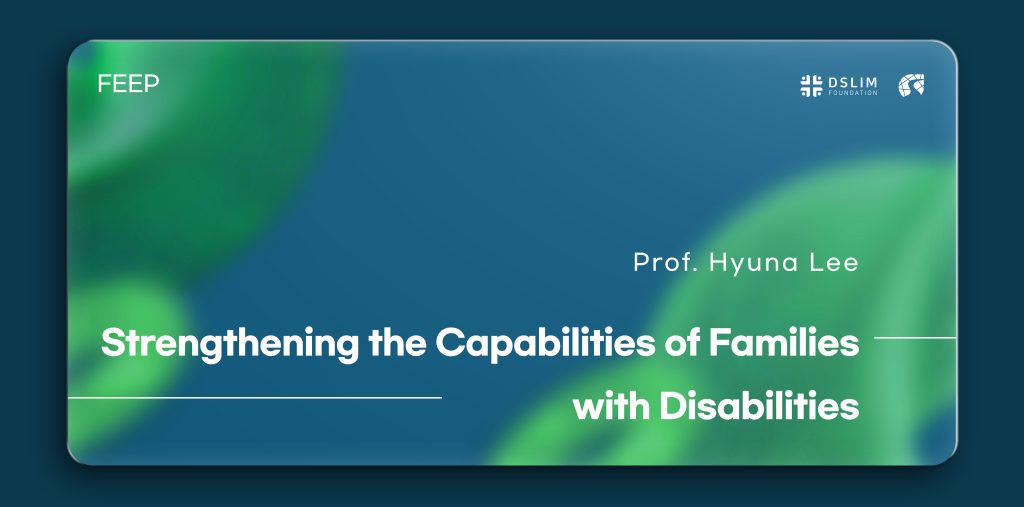The Absence of an Answer Is the Answer
Professor Jae-Hyun Jung
“There is absolutely nothing absolute in this world.”
Is this statement itself absolute?
If it is, then it contradicts itself, for there exists something absolute. On the other hand, if it isn’t absolute, it implies the existence of absolutes, making it equally incorrect. This may seem like wordplay, but the reason lies in the nature of absoluteness—it inherently rejects alternatives, leaving us tangled no matter how we approach it. This creates a labyrinth, a dilemma of confusion. Such situations are not rare in life. What should we do when faced with them?
Questions and Problems, Answers and Solutions
In general, questions lead to answers. Once we obtain an answer, the question has achieved its purpose. If the answer resolves the problem at hand, it becomes a solution, and the question concludes. This is the equation of questions and answers.
However, in life, this equation applies only within a very limited scope. As previously mentioned, we often encounter situations where neither path seems viable. Gertrude Stein, the German-American poet famously nicknamed the “master who recognized masters” for her patronage of 20th-century modern art, once said:
“There is no answer.
There never has been an answer,
and there never will be an answer.
That is the answer to life.”
“The absence of an answer is the answer”—this may sound like a riddle or even like cynicism or defeatism. Yet, it is surprisingly apt when applied to life. Why does such an apparently playful remark carry profound wisdom?
Accepting that there is no answer challenges our narrow perspective that views the relationship between questions and answers solely in terms of problems and solutions. In life, we tend to interpret every “question” as a “problem.” If a question is akin to an inquiry (question), then a problem is something that demands resolution (problem). While a question may await an answer, requiring patience during the interim, a problem insists on immediate resolution. Solutions, then, are mandatory.
We have become overly accustomed to equating questions with problems and answers with solutions. We have been conditioned to feel uneasy unless we extract a solution. Thus, we grow anxious when we can’t find answers, perceiving every inquiry as a problem to be solved.
Living with Unanswered Questions
While questions seek answers, the path to answers is a journey through life. In this journey, even when we seem to find answers, those answers inevitably lead to new questions. Such is the nature of our existence: yesterday’s answers are no longer valid today.
So, how should we proceed?
We must learn to live with the continuous emergence of new questions. When a new question arises in response to a previous answer, it is likely a deeper and more profound question. This makes the initial question seem trivial, as it becomes absorbed into the larger inquiry. In this way, even unanswered questions lose their significance, being enveloped by greater ones.
Gertrude Stein’s assertion that “the absence of an answer is the answer” can be interpreted in this context. It invites us to ponder Lord Belfour’s insights as well:
“What we consider the ultimate truth
is often only half the truth.
Do not dwell in any truth;
treat it as a tent for a summer’s night,
not as a house to build.
For that house will become your tomb.
When you begin to doubt a truth
or feel compelled to oppose it,
do not grieve but give thanks.
It is the whisper of God,
telling you to pack up and move on.”
This challenges us to reconsider truths that have long ruled from the throne of solutions. It urges us to reflect on how many “truths” we have accepted under the guise of solutions and how these so-called truths have often constrained and oppressed us. Many truths have been imposed as absolute, leaving no room for dissent, and resistance has often been met with suppression or violence.
Indeed, humanity has built countless graves in the name of truth. Truth has served as a justification for brutal acts of violence and countless wars—proof of its perilous reign as an “answer.” Hence, we are called to question and even challenge the “truths” that have long dominated as solutions. We are also encouraged to be grateful for such skepticism, for it is through doubt that we shift our focus to the unspoken realm of questions.
Although unsettling, it is in questioning that freedom begins—and with it, the search for meaning in life.
Thank you.

“Just remember that you can test different video lengths until you find what works best –– the sweet spot. Pay attention to your video performance and adjust until you see success.”




